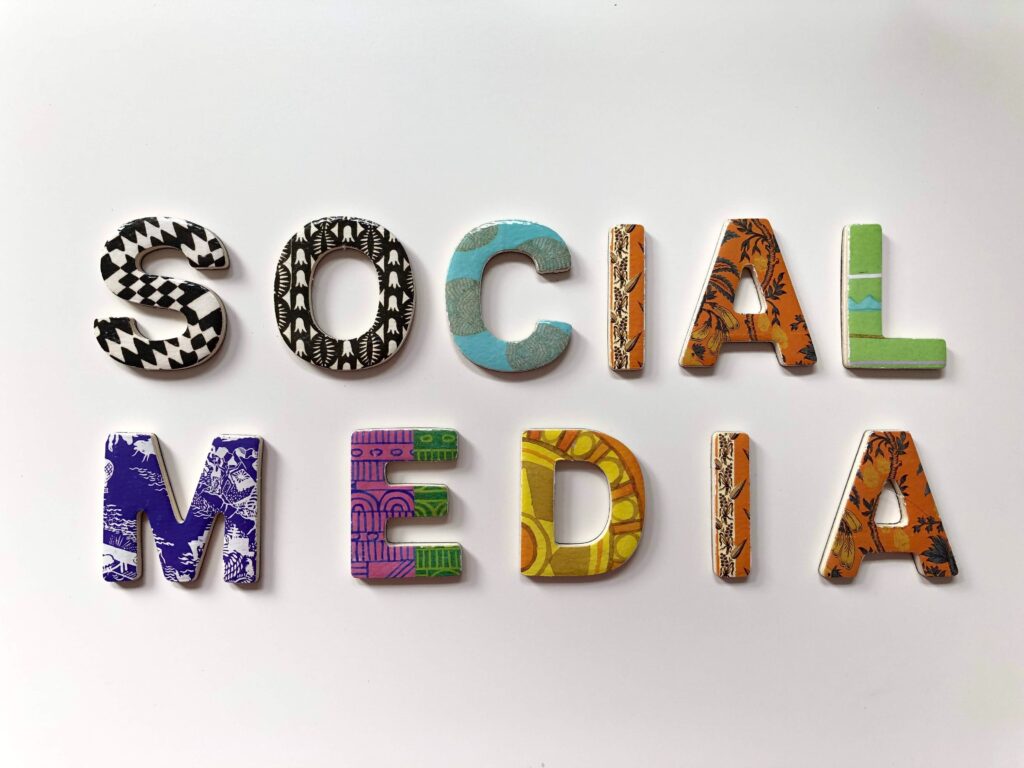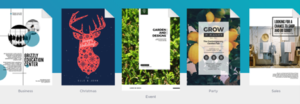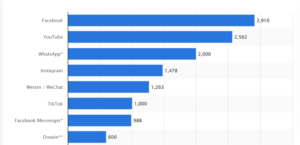
As we enter 2023, social media is becoming more complex. It’s no longer possible to gather an engaged six-figure fan base on Twitter or Instagram simply by following some existing influencers and sharing inspirational quotes and funny cat pictures.
Today, businesses need a sophisticated social media strategy that is continually evolving, in order to keep up with the latest audience patterns, platform technologies, and trending marketing techniques.
To help you bring your 2023 social media strategy up to date, here are five key elements you need to make sure to address.
1. Emerging High-engagement Networks
It’s not just about Facebook and Instagram. There are always new platforms on the rise. Possibly the most important newer social channel to watch is TikTok, especially in the B2C sector.
This video-sharing platform encourages users to upload short videos, primarily of themselves singing, dancing, or performing in some way. It appeared in September 2016, merged with musical.ly in August 2018, and was the most-downloaded photo and video app in the Apple store globally by October 2021
TikTok is currently ranked as the world’s most popular app in 2022 in terms of monthly active users, just behind Instagram. While the majority of TikTok users are aged between 16 and 24, it would be a mistake to dismiss this as “only for kids.”
People said that about Facebook once too, and where are they now? Paying over the odds for Facebook ads. As a sure sign that TikTok may soon hit its marketing peak, the platform released its first analytics tools for business accounts last July.
Getting in on the action TikTok now, before it’s overrun with brands, gives you the opportunity to master algorithms and build your following. Use it to share video content about your brand, build relationships with young consumers, increase brand awareness, and improve overall customer lifetime value.
2. Geo-targeting Social Ads For Events
Social media can only go so far in building relationships with customers. “In real life” experiences are becoming increasingly prized as genuine interactions that cement connection, especially as the younger generations start trying to limit the time they spend on social media.
One solution worth trying is to use your social media channels to attract your target audience to physical events that you’re hosting so that you can meet and connect with them on an individual level.
This requires combining appealing Facebook and Instagram ads that have high-quality graphics with careful geo-targeting so that your ads appear before the right eyes in the right locations.
As long as you meet the platform’s increasingly strict requirements, the Facebook Ads Manager allows you to bulk upload lists of zip codes, which can be a great way to geo-target with precision.

You’ll also need strong visuals that catch people’s attention. To do that, use a tool like Piktochart’s free flyer maker to choose the right themes and colors, jump-start the process with preformatted templates, and effortlessly scale your ad up or down to match the required dimensions.
3. Embracing Dark Social With Messaging Apps
Also called “dark social,” the potential of messaging apps often goes overlooked, but it’s an incredibly effective way to nurture leads. While many marketers have lamented the trend of people sharing.
content less often on social media, there’s more to this phenomenon than just a dropoff – it’s possible that we’re sharing just as much, just on private peer-to-peer channels that are less trackable.
Unlike platforms such as Pinterest, Instagram, and Twitter, dedicated messaging apps allow businesses to build deeper relationships with their target audience on an individual level. The numbers are impressive – WhatsApp alone has 2 billion monthly active users.

Messenger apps enable businesses to tap into the current trend for more personalized marketing messages, and their opt-in nature means you’re interacting with a more engaged customer base. Adidas used this tactic to great effect as long ago as 2016, and in 2018 Lego used it to garner a sixfold return on ad spending.
Facebook made it easy by offering click-to-WhatsApp and click-to-Messenger ads, which direct the viewer straight to converse with a chatbot in a Messenger app. Alternatively, Mailup has a multi-channel popup form that invites visitors to join your Whatsapp, Telegram, or Facebook Messenger channels, as well as the conventional email list.
4. Multichannel live video for webinar reach
Video content is extremely effective at converting leads, and live video is even more so. Although marketers have known this for over a decade, experiencing the lead nurture power of webinars, live video is only starting to hit its stride on social media.
On social media, live video expresses integrity and authenticity, thanks to the sense that what’s happening is real and natural.
Given that live social video has so much power, there’s no reason to keep your webinar content behind an opt-in form or to require that they register for another third-party platform.
And even when it comes to business content, YouTube is no longer the only platform for live video content; viewers are waiting on Facebook, Instagram, Twitter, and even LinkedIn.
Given the engagement rates and today’s trends towards ungated content, this format is a perfect fit for boosting the reach of your webinars as live content on YouTube or Facebook with a single click.
5. Facebook and Instagram Stories ads
Time-limited Stories posts are big and getting bigger. Facebook Stories, Instagram Stories, and WhatsApp status posts each have 500 million daily active users.
These numbers shouldn’t be a big surprise. Storytelling is a powerful tool, and the appeal of ephemeral content is high, building on our natural FOMO. People who follow branded Stories are more engaged with the company’s content and have a higher lifetime value, even if they don’t immediately convert to paid customers.
Social media never stands still
Social media continues to evolve rapidly, so you can’t let your social media strategy go stale.
Establishing a presence on emerging platforms, using geo-targeting to attract leads to in-real-life experiences, making the most of multi-channel live video, increasing your brand awareness with Facebook and Instagram Stories, Tik Tok and nurturing relationships through messaging apps are trends that you’ll need to address in 2023 in order to stay relevant.
